Estimated reading time: 6 minutes
If you could grow only one crop on your homestead, potatoes would be a good choice. Potatoes are perhaps the ultimate survival food. They are rich in carbohydrates, vitamins, protein, and nucleic acid. They can be prepared in many ways, from potato chips to potato casserole. And best of all, there are many ways to grow potatoes.
What makes potatoes even more appealing for the homesteader is that you can grow new potatoes from old ones. To grow a new potato plant, you cut a small piece off of a seed potato. The seed piece should contain at least one “eye” – or bud. This “eye” is the sprout that will grow into the new plant. Before planting, spread these cut sections out in a bright, airy location for about 24 hours or until they are slightly dry and no longer soft.
This video has some great tips on cutting your potatoes and preparing them for planting. Potatoes adapt well to a variety of climates and soil conditions, and they do well in both big and small spaces. Here are 15 easy ways to grow potatoes.
Want to save this post for later? Click Here to Pin It On Pinterest!
1. Raised Bed
Potatoes like well-drained soil, so a raised bed can be an excellent choice for your potato garden. First, loosen the soil of a half-filled raised garden bed. Then space your seed potato sections about a foot apart in each direction and plant them about three inches deep into the prepared soil.
As the potato plants grow, gradually add more soil until your raised bed is filled with soil. You can harvest your potato crop by removing the sides of the bed or by gently uncovering the tubers. The video below shows how to grow potatoes in a raised garden bed with wood chip mulch.
2. Grow Bag
Did you know you can grow potatoes in bags? You can purchase polypropylene bags specifically designed for potato growing, or you can get creative with burlap bags or bags made of another fabric.
First, add a few inches of a rich soil-compost mixture to the bottom of the clean, empty bag. Then plant three or four seed potato sections, covering them with three inches of soil. Continue adding more soil as the plants grow until the bag is filled. To harvest, simply turn the bag over on its side and gently dump out the plants.
3. Garbage Bag
Similarly, you can use a large plastic garbage bag to grow potatoes. In fact, black trash bags help retain the sun’s heat for early growth potential. Punch a few holes in the bottom of the bag for drainage and then roll the top edges over a few times to help the bag stay upright.
4. Wood Box
If you have some extra lumber or some wood pallets, you can build a simple wood box for potato planting. Follow the same instructions when using a bottomless square box as for a raised bed. As the plants grow, you can add additional slats and soil as needed. You can remove slats to harvest the potatoes.
5. Wire Mesh Cage
You can use hardware cloth with a quarter-inch mesh to create a potato cage about 18 inches in diameter and about 24 inches tall. Add a few inches of soil in the bottom. Then plant three or four seed potatoes, covering them with three inches of soil. Continue to add more soil as the potato plants grow. To harvest, simply lift the cylinder and pull back the soil to expose the potatoes.
6. Hilled Rows or Trenches
If you have plenty of space, you can plant potatoes in shallow trenches (with prepared soil) that are about two to three feet apart. Plant your seed potatoes 12 inches apart in each trench, covering them with about three inches of soil. When the shoots reach about 10 inches tall, use a shovel or a hoe to scoop the soil from between the rows and mound it against the plants. You’ll want to bury the stems about halfway. Repeat this process as needed to keep the tubers covered as they grow.
7. Straw Mulch
Straw mulch conserves soil moisture and deters weeds. Follow the same procedure as with hilled rows, except instead of covering them with soil, cover them with three to four inches of loose, seed-free straw. Continue to mound straw around the stems as the plants grow, eventually building up a layer of 12 inches or more.
8. Tire Tower
Here’s a great way to repurpose your old tires. Thoroughly clean and dry your tires and then stack them to use as sturdy potato planters. Here’s a video that shows the process.
9. Trash Can
Another way to repurpose something you already have around the homestead is to use an old trash can as a potato planter. Trash cans are sturdy and deep — just make sure you poke holes in the bottom for drainage.
10. Five-gallon bucket
The bucket method is a good choice if you have limited space or if you like the idea of being able to move your potato plants around to capture the best warmth and sunlight in the spring. Be sure to drill holes in the side and the bottom for adequate drainage.
Here are a few other creative ideas for recycled/repurposed potato planters:
11. Wading Pool – If you have a kiddie pool that is no longer in use, try following the raised bed instructions. Be sure to add holes for drainage.
12. Laundry Basket – Plastic and natural material laundry baskets work well as portable containers for potato planting.
13. Barrel – Both wooden and plastic barrels offer the depth potatoes need. Check for adequate drainage.
14. Old Cooler – Maybe its lid is broken or your old cooler has just seen better days. You can repurpose it as a potato planter.
15. Plastic Storage Bins – Add a few drainage holes to your Rubbermaid-type storage bins to turn them into suitable potato pots.
Growing your own potatoes is an easy and satisfying experience. In addition to reaping the mental and financial benefits of growing your own healthy food, you can experiment with some of the many varieties of potatoes. Your modest initial investment will pay off for many seasons as you continue to grow more potatoes from that same first supply of seed potatoes.
Not sure of what types of potatoes to try? Here is a comprehensive list of potato varieties compiled by Washington State University.
Like this post? Don't Forget to Pin It On Pinterest!


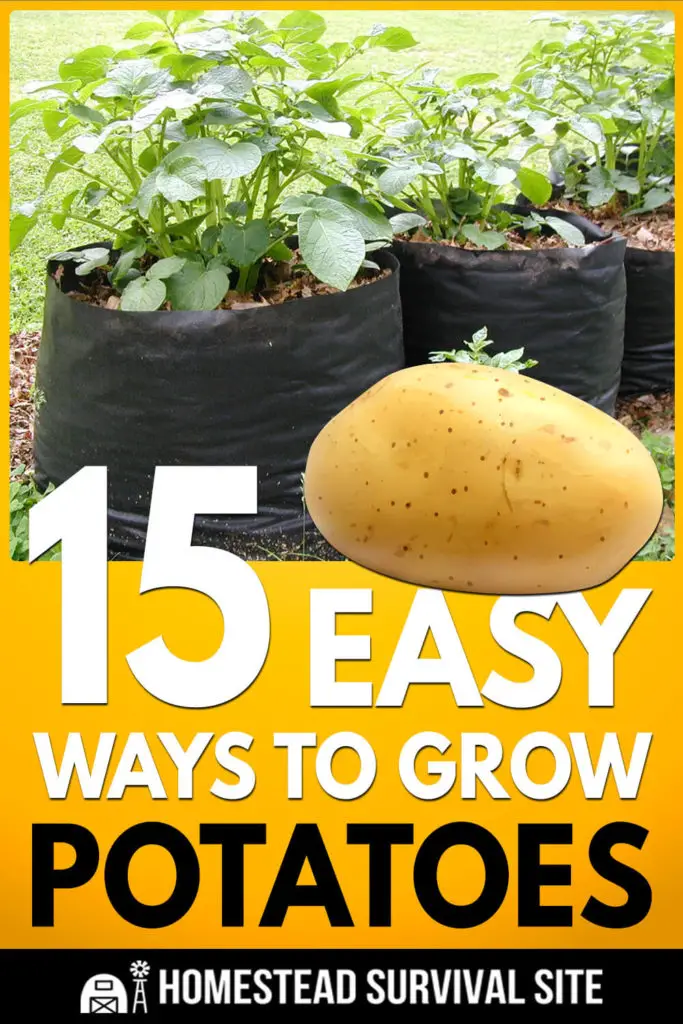
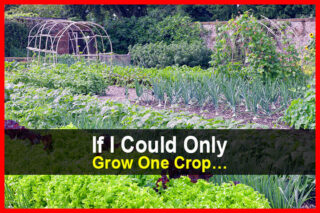
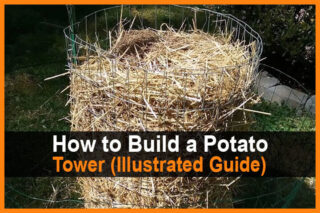
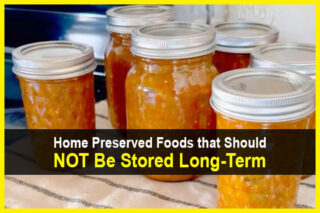
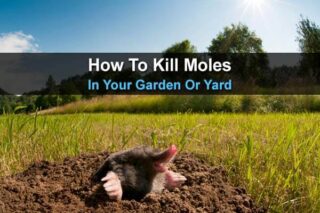
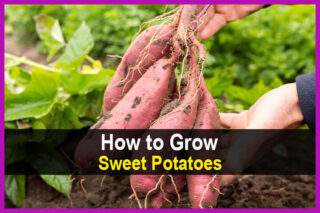
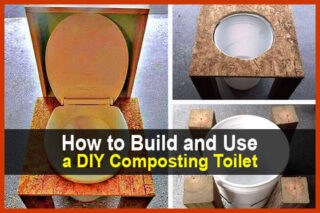
More of a question than a comment what about an article that covers how and where to find the seeds or how to continue growing veg after you have planted all your seeds and have none left an article about continuing a garden or veg patch after all the seeds have gone or after animals have been in your veg patch and had their fill
Store your potatoes in a dark, cool place. Don’t eat them all. In the spring they will start to grow sprouts. Use your remaining potatoes as seed potatoes for that season. Repeat each year. There’s a YouTube video on just planting the sprouts as seedlings and transplanting them into soil.